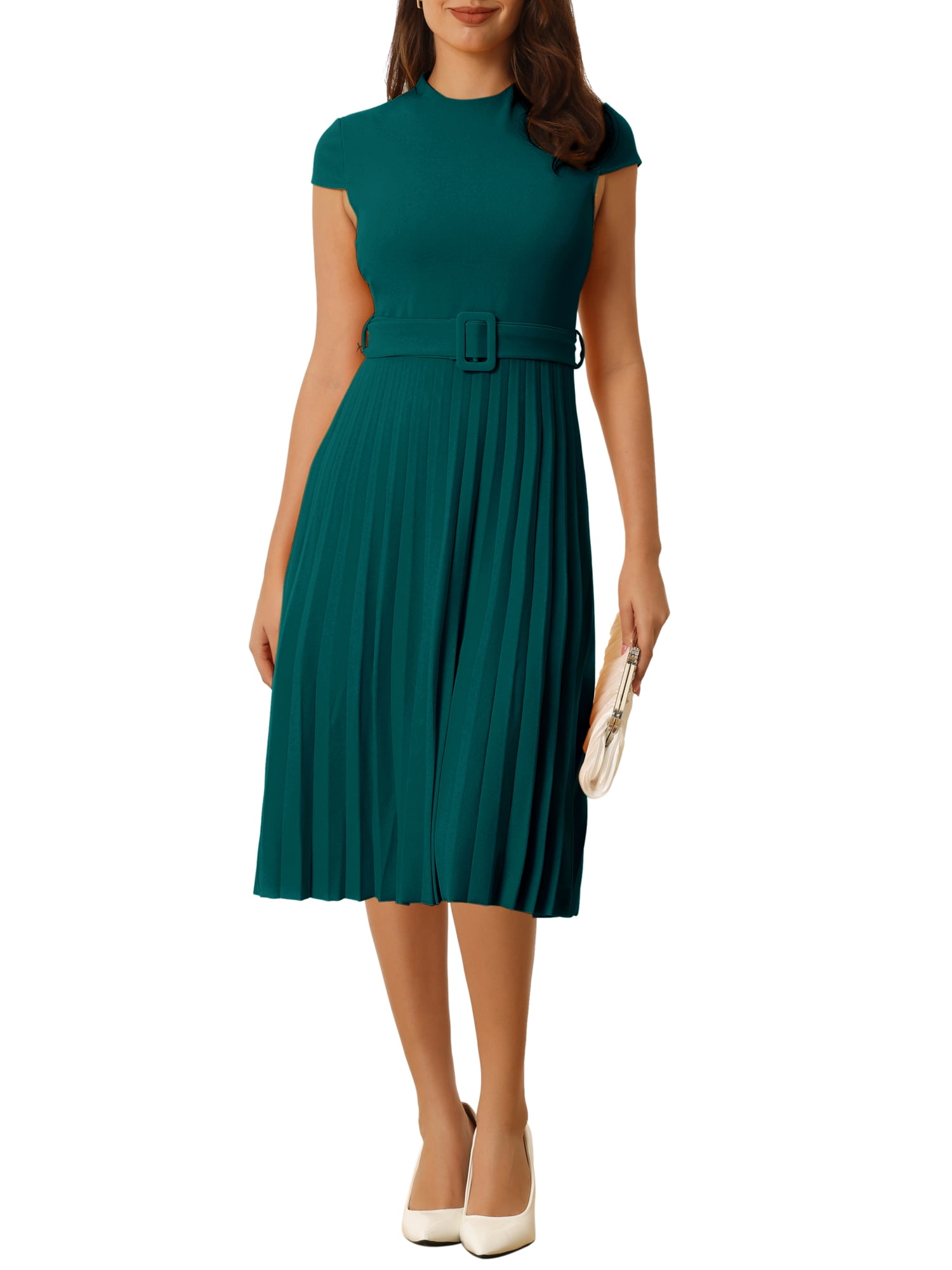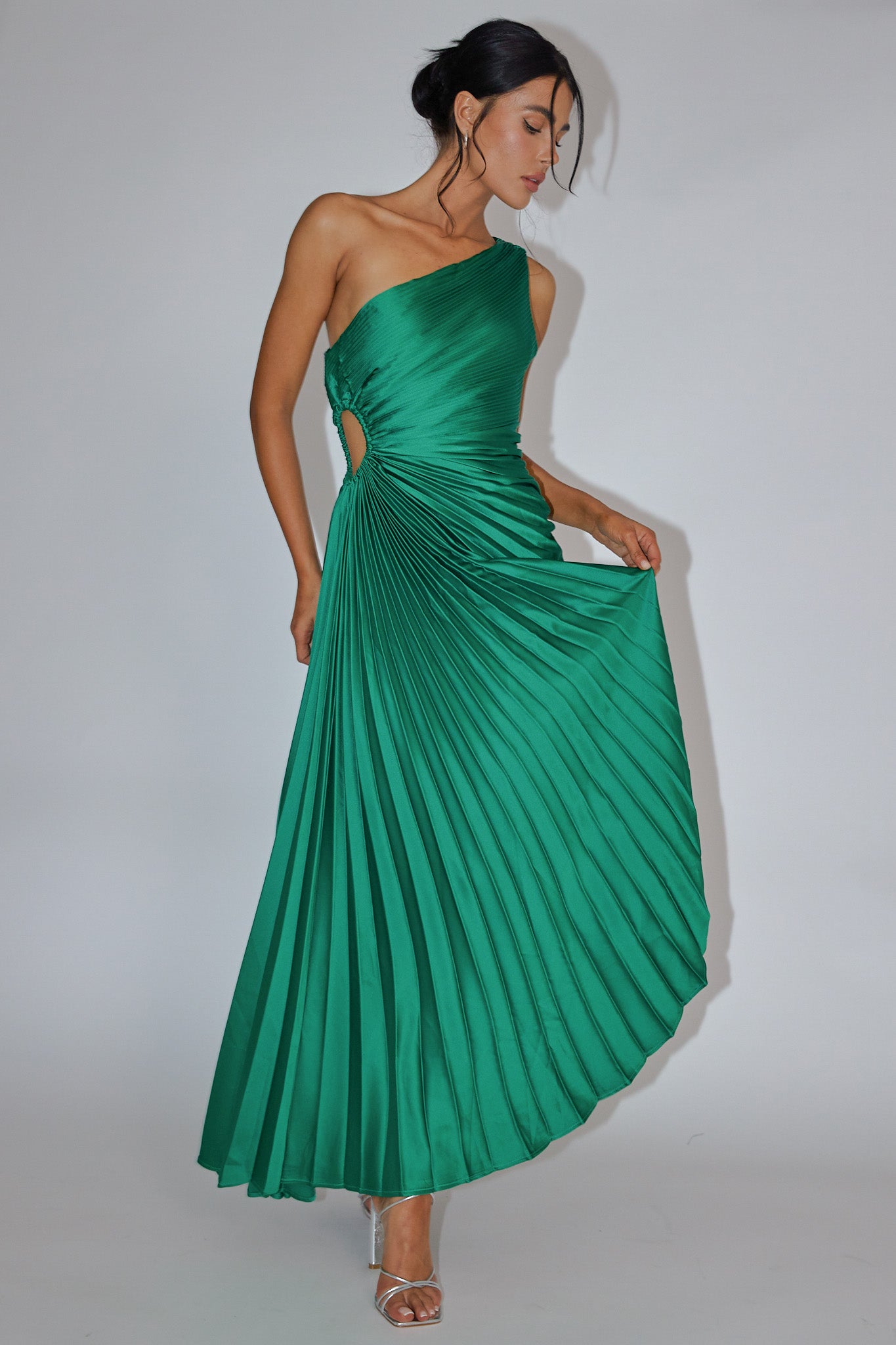5 Ways to Style Pleated Dresses for Every Season
Pleated dresses are more than just a wardrobe staple; they are a canvas for personal expression across the changing seasons. With their structured yet fluid design, these garments adapt effortlessly to weather shifts, offering versatility that few other pieces can match. From the crisp air of autumn to the balmy days of summer, mastering the art of styling pleated dresses ensures you remain chic and comfortable year-round. This guide delves into practical, evidence-backed strategies to elevate your look, drawing on insights from fashion experts, historical context, and scientific principles to help you make informed choices. Let’s explore how to harness the dynamic nature of pleated dresses to create outfits that resonate with every climate and occasion.
1. Layering for Autumn: Embrace Texture and Warmth
As autumn arrives with its cooler temperatures and vibrant foliage, layering becomes essential for both style and comfort. Pleated dresses, with their inherent movement, provide an excellent base for adding depth through textures like wool, cashmere, or denim. Historically, layering has roots in practical fashion; for instance, Wikipedia notes that medieval Europeans used layered garments for insulation, a concept refined over centuries. In modern times, fashion icons like Anna Wintour have emphasized the importance of texture in creating visual interest, as seen in her curated editorials. Scientifically, layering traps air between fabrics, enhancing thermal regulation—a principle supported by research from institutions like the Fashion Institute of Technology. When styling a pleated dress for autumn, start with a lightweight turtleneck or long-sleeve top underneath to maintain the dress’s flow while adding warmth. Pair it with a tailored blazer or a chunky knit cardigan, ensuring the layers complement rather than overwhelm the pleats. Footwear like ankle boots or loafers can ground the outfit, while accessories such as a wide-brimmed hat or scarf introduce autumnal hues. This approach not only keeps you cozy but also aligns with seasonal trends, making your pleated dress a versatile centerpiece. Remember, the key is balance; too many layers can mask the dress’s elegance, so opt for pieces that enhance its structured silhouette. By integrating these elements, you transform a simple pleated dress into a sophisticated ensemble that thrives in autumn’s crisp ambiance.

2. Winter Elegance: Insulate Without Sacrificing Style
Winter demands warmth, but that doesn’t mean compromising on elegance. Pleated dresses can be the foundation of a chic cold-weather outfit when paired with insulating layers and strategic accessories. The science of thermal insulation, as explained by materials science experts from MIT, highlights how fabrics like wool or down create barriers against heat loss. This is crucial for winter styling, where maintaining body temperature is paramount. Fashion authorities like Vogue often feature winter looks that incorporate pleated dresses with coats and tights, emphasizing functionality without forsaking flair. For example, a long, wool-blend coat over a midi pleated dress not only adds insulation but also elongates the silhouette, creating a polished appearance. Tights or leggings in opaque textures provide additional warmth while allowing the dress’s movement to shine. Footwear should prioritize both style and practicality; knee-high boots or insulated ankle boots offer protection from the elements while complementing the dress’s lines. Accessories like leather gloves or a faux fur stole can elevate the ensemble, drawing from historical trends where such items denoted luxury and warmth. In terms of color, deeper tones like burgundy, navy, or charcoal resonate with winter’s mood, as noted in seasonal palettes from Pantone. When selecting a pleated dress for winter, consider fabrics with tighter weaves or blends that resist wind chill, ensuring comfort during outdoor activities. This method not only keeps you warm but also showcases the adaptability of pleated dresses, proving they are not limited to warmer seasons. By embracing these techniques, you craft a winter wardrobe that is both resilient and refined.

3. Spring Renewal: Light Layers and Pastel Hues
Spring symbolizes renewal, and styling pleated dresses during this season involves embracing lighter layers and soft, pastel colors that reflect the blossoming environment. The psychological impact of color, as studied by institutions like the University of British Columbia, shows that pastels can evoke feelings of calm and optimism, making them ideal for spring. Fashion historians often reference the rise of pastel palettes in the 18th century, as seen in Rococo art, which celebrated lightness and delicacy. When working with pleated dresses, opt for fabrics like chiffon or cotton that allow for breathability in milder temperatures. Layering with a denim jacket or a lightweight trench coat adds versatility without bulk, a technique praised by style influencers on platforms like YouTube for its practicality. Footwear can shift to ballet flats or low-heeled sandals, which align with spring’s effortless vibe. Accessories such as a woven tote or delicate jewelry enhance the outfit’s freshness, drawing inspiration from spring fashion weeks where designers like Simone Rocha highlight floral and airy elements. Additionally, consider the dress’s length; shorter pleated dresses can evoke a playful, youthful energy, while longer styles offer a more romantic feel. This season is also ideal for experimenting with prints, such as subtle florals or geometric patterns, which can be layered under open cardigans or blazers. The key is to let the pleated dress remain the focal point, using layers to adapt to spring’s unpredictable weather. By incorporating these elements, you create a look that is both timely and timeless, perfectly capturing the spirit of renewal that defines spring.

4. Summer Breeze: Minimalist and Breathable Approaches
Summer calls for outfits that prioritize breathability and ease, and pleated dresses excel in this regard due to their airy construction and fluid drape. The science of fabric breathability, as outlined by textile experts from sources like Quora, indicates that natural fibers like linen or silk facilitate air circulation, reducing heat retention—a critical factor in hot weather. Historically, summer fashion has leaned towards minimalism; think of the iconic designs by Coco Chanel, who advocated for simplicity and comfort. When styling a pleated dress for summer, focus on minimalist accessories and lightweight layers that don’t impede movement. A wide-brimmed hat or sunglasses not only provide sun protection but also add a touch of glamour, echoing styles seen in classic films like “To Catch a Thief.” Footwear should be open and airy, such as sandals or espadrilles, which allow your feet to breathe while complementing the dress’s casual elegance. Colors can range from bright whites to vibrant hues, reflecting summer’s energy, as suggested by seasonal trends from websites like Who What Wear. For those seeking professional insights, many fashion blogs recommend pairing pleated dresses with a simple crossbody bag or straw tote for a practical yet stylish touch. Additionally, consider the dress’s cut; A-line or shift styles with pleats enhance ventilation, making them ideal for beach outings or garden parties. This approach ensures that your pleated dress remains a go-to piece, offering comfort without sacrificing sophistication. By adhering to these principles, you can navigate summer’s heat with confidence, showcasing the enduring appeal of well-chosen pleated dresses.

5. Year-Round Versatility: Accessorizing for Transitions
Beyond specific seasons, pleated dresses offer year-round versatility when accessorized thoughtfully for transitional periods. The concept of transitional dressing is supported by fashion theorists from authoritative sources like Baidu Baike, which notes that adaptable pieces reduce wardrobe clutter and promote sustainability. Celebrities like Meghan Markle have demonstrated this on social media, often using accessories to transform a single pleated dress for multiple occasions. From a scientific perspective, the psychology of accessories, as explored in studies from Harvard University, reveals that small changes like swapping jewelry or bags can alter perceptions of an outfit, making it feel new. For instance, a pleated dress paired with a statement belt and heels can transition from daytime casual to evening formal, while adding a scarf or beanie adapts it for cooler interludes. Footwear plays a pivotal role; ankle boots in spring or autumn, or sandals in summer, can redefine the dress’s vibe. When selecting accessories, consider materials that bridge seasons, such as leather or suede, which offer durability and style. Additionally, layering with vests or gilets can provide insulation without the bulk, a technique endorsed by outdoor fashion experts. This method not only extends the life of your pleated dresses but also encourages creative expression, allowing you to personalize your look based on mood or event. By mastering transitional accessorizing, you ensure that your wardrobe remains dynamic and efficient, proving that pleated dresses are a timeless investment for any fashion enthusiast.
In essence, pleated dresses serve as a versatile anchor for your wardrobe, capable of evolving with the seasons through strategic styling. By applying these evidence-based approaches, you can maximize their potential, ensuring each outfit reflects both personal taste and practical needs. Embrace the fluidity of pleated dresses to craft a style narrative that endures through every climate and occasion.






